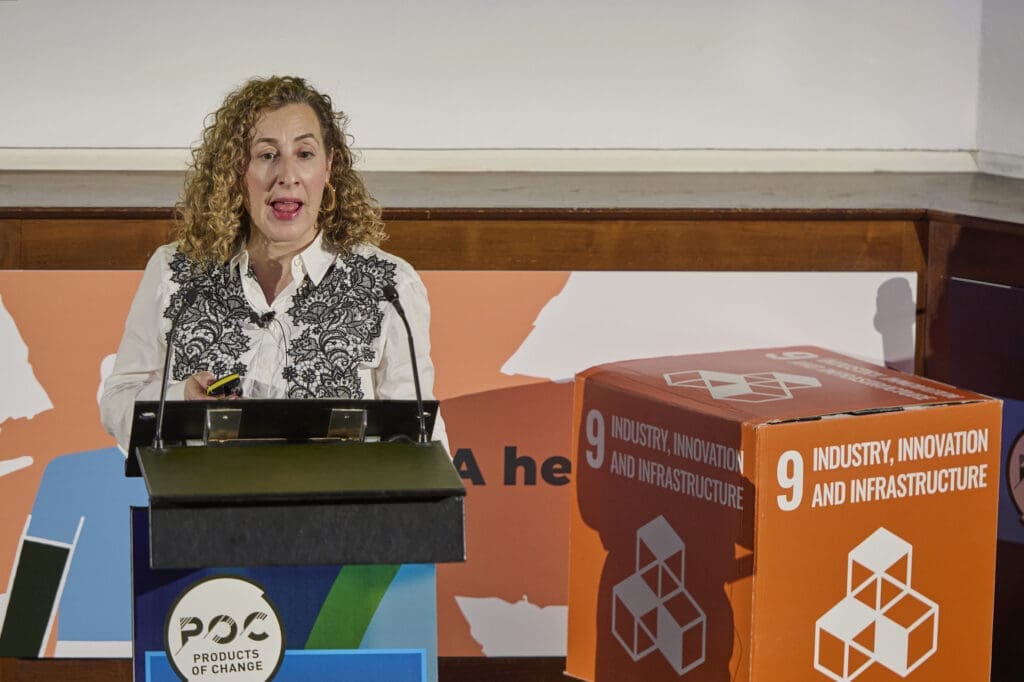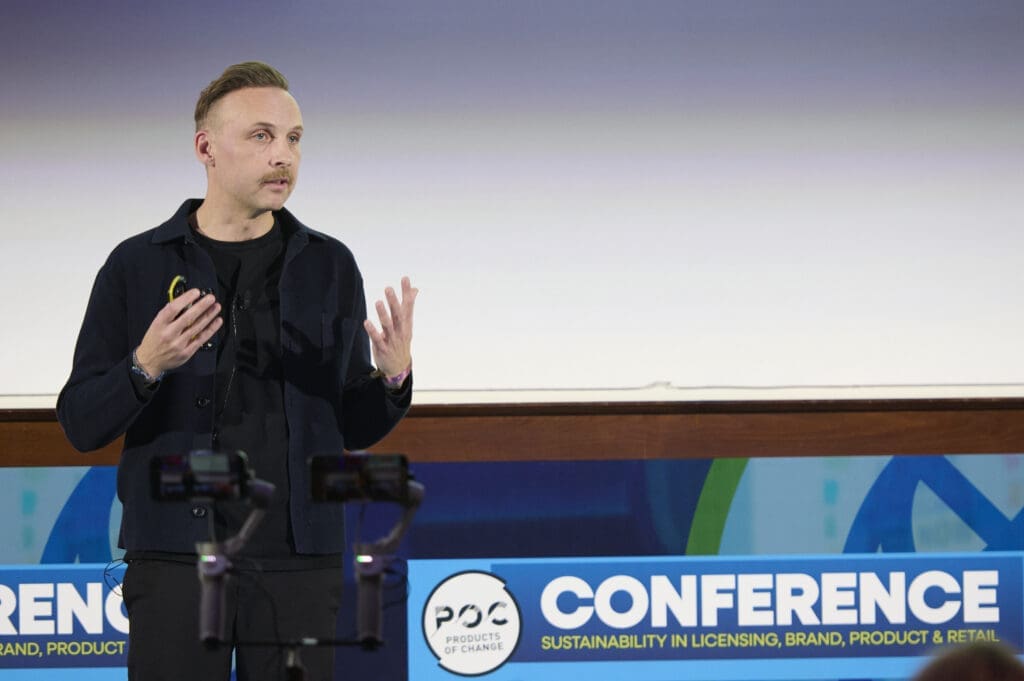The European football association, UEFA reached a significant milestone in its commitment to environmentally sustainability last week when it unveiled a new carbon footprint calculator tailor-made to football organisations.
Launched last week at Emirates Stadium in London, the UEFA Carbon Footprint Calculator has been developed to better empower member associations, clubs, and leagues to become ‘active drivers of change.’ The new tool has been launched in recognition of European football’s need to reduce its carbon footprint.
UEFA had previously integrated climate advocacy in its Football Sustainability Strategy 2030, Strength through Unity. The launch of the Carbon Footprint Calculator marks what it has called a ‘pivotal step towards reducing carbon emissions’ within the football community.
Based on the Greenhouse Gas Protocol and with the methodology validated by a third party, the UEFA Carbon Footprint Calculator is the result of a collaborative effort spanning two years, engaging two dozen football organisations, and external advisors. The new tool enabled football organisations to comprehensively assess and understand their carbon emissions, with a focus on football-specific areas such as mobility, purchased goods and services, facilities, and logistics.
“The UEFA Carbon Footprint Calculator embodies our ambition to showcase that football can be part of the solution in the global effort to reduce carbon emissions,” said Laura McAllister, UEFA vice president.
“By providing stakeholders with the tools and guidance, we are facilitating collective action towards a more sustainable future for our sport and the planet. Together, we can demonstrate to governments, investors, fans, and commercial partners that football is committed to addressing climate change in a unified and strategic manner.”
In addition to the Calculator, UEFA has also produced a user guide, tutorial videos, and a full methodology document to support users at every step of their sustainability journey. By offering these resources, UEFA aims to promote transparency, consistency, and comparability in carbon reporting across the football ecosystem.
A sustainable legacy for Euro 2024
Elsewhere in European football, and as part of UEFA Euro 2024 in Germany, the European football association allocated finances in the first of three scheduled climate funds to regional associations across Germany.
Established at the start of the year to provide financial support to German amateur clubs looking to enhance their climate protection projects, the programme has now received applications from 2,307 football clubs from all 21 regional association.
Through the programme, clubs are able to suggest projects relating to one or more of four categories: energy, water, waste management, and mobility. Depending on the size of the project, clubs will receive funding of up to €250,000 to implement their proposals. The funds will be routinely allocated in the lead up to Euro 2024, contributing to what the UEFA believes will be a ‘sustainable legacy for the tournament.’
Michele Uva, UEFA social and environmental sustainability director, said: “UEFA’s climate fund offer has already inspired 2,300 grassroots clubs all over Germany, confirming the appeal of the programme and showing the acceleration potential of this initiative.
“The investment of €7 million will contribute to a sustainable legacy for the Euro 2024 tournament, making a significant impact on reducing CO2 emissions and supporting climate protection. It’s great to see our ESG strategy further coming to life, catalysing actions in support of the environment.”




